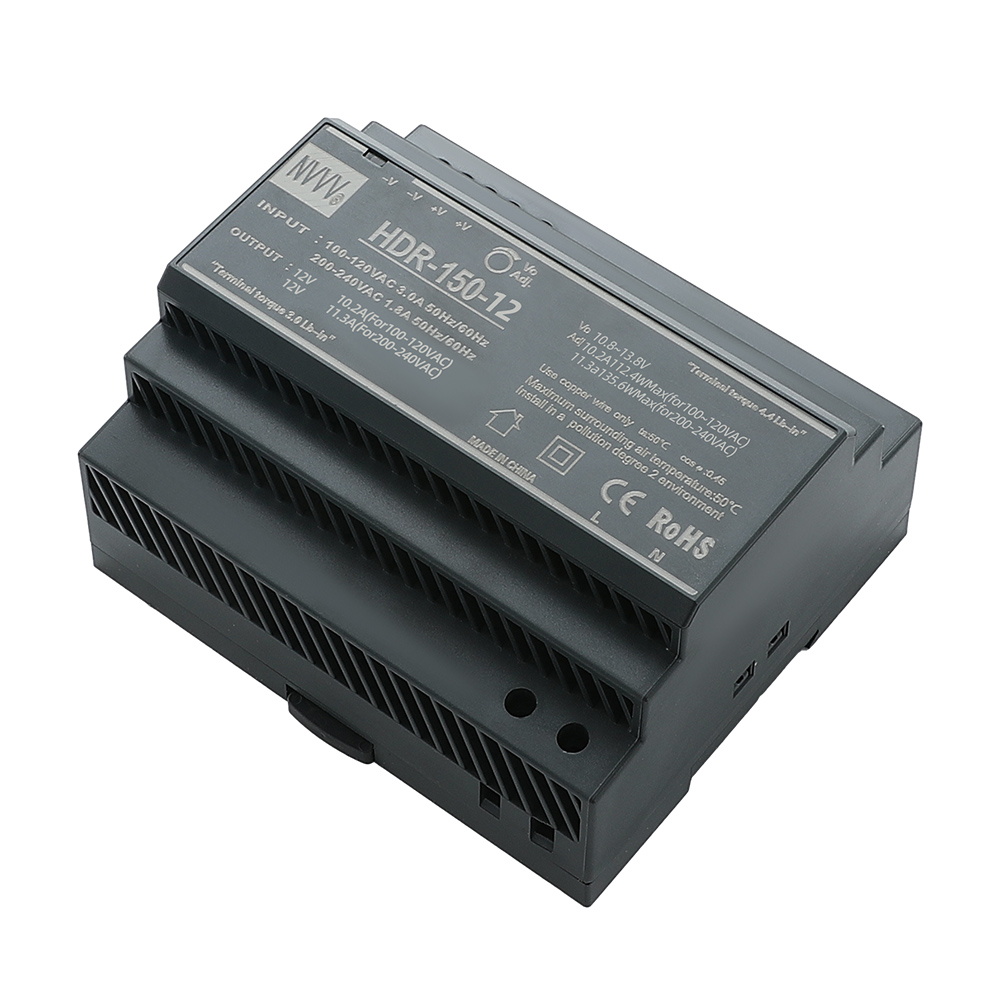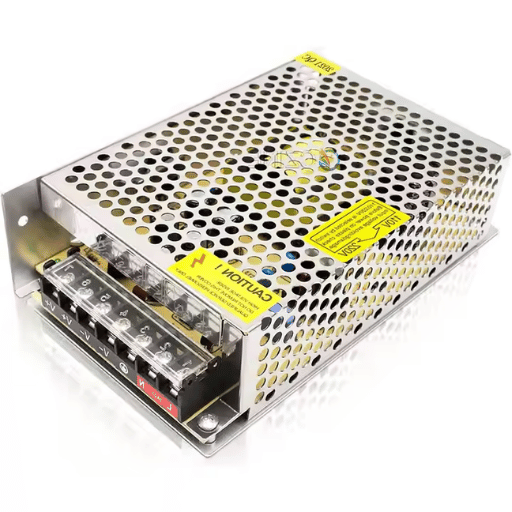You know how it goes. You’re trying to help someone out, they think they know everything because they watched one YouTube short, and you end up having to physically prove basic electrical theory just to win an argument. That’s exactly how I ended up spending my Saturday afternoon frying power bricks.

My buddy, Rick, decided he was going to build one of those massive LED light installations—the kind that look cool for about three weeks until someone realizes the power bill is higher than their rent. He called me up complaining that his lights kept flickering, even though he had just bought a brand-new 12V power supply. He swore up and down the lights were faulty.
I asked him what the amperage rating was on the brick he bought. He sheepishly mumbled, “5A.”
I asked what the total current draw of his 50 feet of LEDs was. He calculated it, stammering, “Uh… around 8 amps, maybe 9 at peak brightness.”
I swear, people skip the third-grade math section of electrical projects every single time. He was trying to pull nearly double the current his cheap supply was rated for. Of course it was flickering! The internal thermal or overcurrent protection was kicking in, then resetting, then kicking in again. It was basically having a seizure.
He argued, “But if it outputs 12 volts, it should work! That 10A one you suggested costs fifty bucks more! Why do I need the extra capacity if they both give me 12V?”

This is where I stopped lecturing and started moving. I decided I wasn’t just going to tell him the difference; I was going to capture the difference on video and rub it right in his face. It was time for a practical demonstration of capacity versus collapse.
Setting Up the Stress Test
I dragged out my standard testing gear. This is the stuff that always gets stuffed into a box and smells faintly of solder and disappointment.
- The first piece of equipment I grabbed was Rick’s exact model: a standard, black plastic, non-vented 12V 5A switching power supply (PSU).
- Second, I dug up my trusty workhorse: a beefy, metal-cased, fan-cooled 12V 10A PSU. This thing could probably power a small village.
- Then I needed a serious load. I connected both PSUs, one at a time, to my electronic load bank. This is essentially a fancy resistor that lets me precisely control how many amps I am asking the PSU to deliver.
- Finally, I hooked up two precision multimeters: one monitoring the voltage output, and one monitoring the actual current being drawn by the load.
The whole point of this exercise was to push both units past the limit of the smaller one and record what happened to the voltage output. Because that is the crucial performance difference—stability under stress.
The Practice: Capacity vs. Collapse
I started with the smaller unit, the 5A ‘special’.
I connected the 5A PSU to the load bank and cranked up the current draw slowly, watching the voltmeter like a hawk. At 1 amp, voltage was solid: 12.1V. At 3 amps, still fine: 12.0V. It was doing exactly what it was supposed to.

But the moment I pushed the dial past the stated limit—say, 5.2 amps—things got sketchy. The voltage didn’t just stay put; it immediately sagged down to 11.5V. The cheap plastic casing got noticeably warm. When I demanded 6 amps, the voltage just kept dropping, plunging to 10.8V. That is terrible performance. The supply was desperately fighting to meet the current demand, but it simply couldn’t hold the required voltage. If I had pushed it to 8 amps, it would have immediately tripped the protection circuit and shut off, or more likely, overheated and died permanently.
Then, I swapped it out for the big 10A brick.
I repeated the process. 3 amps? Solid 12.1V. 5 amps? Still 12.1V. Then I pushed it hard, up to the 6 amps that instantly killed the smaller unit. The 10A supply didn’t even flinch. The voltage stayed nailed down at 12.1V. No flickering, no heat, just a quiet hum.
I kept cranking it up, past Rick’s required 8 amps. Even at 8 amps—the point where Rick’s whole light setup was having a seizure—the 10A supply was delivering 12.0V, perfectly stable. It only started to show a slight dip (down to 11.8V) when I really pushed it near its rated max, around 9.5 amps.
The Crucial Difference Isn’t Voltage, It’s Headroom
I recorded the whole thing and sent the clip to Rick, along with a timestamped table of the voltage dips.

The difference isn’t that the 10A supply somehow outputs a “better” 12V at low loads. No, they both perform identically when they are just idling or running at 20% capacity. The crucial performance difference is the headroom.
Rick’s 5A supply had zero margin. He needed 8A, but the moment he asked for more than 5A, the supply had to start sacrificing voltage to keep the current flowing, which is exactly why his lights were flickering and acting unstable.
The 10A supply, on the other hand, had 2 amps of required capacity and 2 amps of comfortable margin built in, even when pushing 8A. It wasn’t struggling, it wasn’t overheating, and it kept the voltage rock-steady.
You’re not paying the extra fifty bucks for a higher number; you’re paying for stability, reliability, and the guarantee that your project won’t smell like burnt plastic after three weeks. If your system needs 8 amps, you don’t buy an 8-amp supply. You buy a 10-amp or 12-amp supply. Always leave yourself some room to breathe. I learned that the hard way years ago, and now I just charge my buddies a consulting fee—paid in coffee—to prevent them from learning it by setting their gear on fire.
